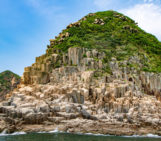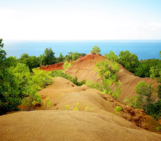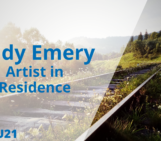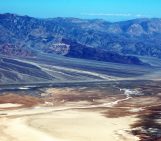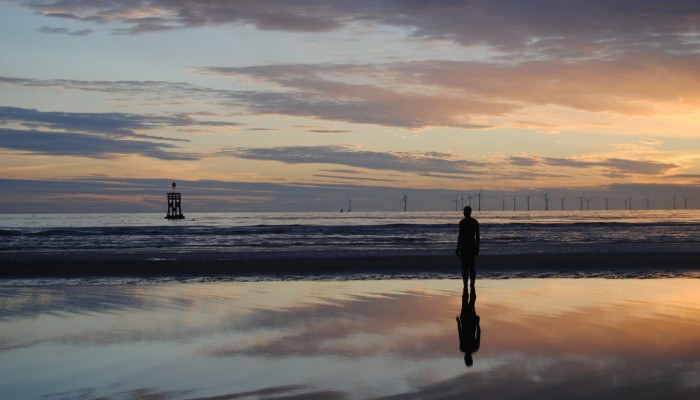
The landscape of the Mersey Estuary in Liverpool Bay is ever changing; it offers the opportunity to observe the changing geomorphology of a river estuary which is closely linked to a very urban and man-made landscape. For more on this unique setting, read today’s Imaggeo on Mondays post brought to you by Maria Burguet Marimon.
This picture was taken at Crosby beach, which is located just at the beginning of the Mersey Estuary in the Liverpool Bay. The current Crosby beach dates back in the beginning to the 20th century, in which the stabilization process of the sand was carried out.
It is important to remark that, during the first half of the 20th century, the estuary underwent a significant period of morphological change. Changes to the ebb and flood tide hydrodynamics in Liverpool Bay, caused by the construction of training walls in the outer estuary, resulted in large-scale movement of sediment into the inner estuary, increasing intertidal area and reducing the estuary volume from 745 Mm3 to 680 Mm3 (Thomas, 2000; Thomas et al., 2002). Since this time, a new equilibrium appears to have been reached and the rate of sediment movement into the estuary has slowed (Halcrow, 2010).
In 2007, following a meeting with the local government, Sefton Council, sculptures made by Sir Antony Gormley were placed along a stretch of Crosby beach in an art exhibition known as Another Place. A total of 100 cast-iron sculptures were placed facing towards the sea. The idea of the exhibition is to show the statues at different stages: rising from the sand near the promenade to standing at the water’s edge and finally submerging into the sea. It is as if the statues are leaving us willingly but with a tinge of sadness or suffering. Each sculpture faces towards Burbo Bank Offshore Wind Farm, looking for a brighter and more ecological future.
By Dr. Maria Burguet Marimon, researcher at the University of Valencia.
Imaggeo is the EGU’s online open access geosciences image repository. All geoscientists (and others) can submit their photographs and videos to this repository and, since it is open access, these images can be used for free by scientists for their presentations or publications, by educators and the general public, and some images can even be used freely for commercial purposes. Photographers also retain full rights of use, as Imaggeo images are licensed and distributed by the EGU under a Creative Commons licence. Submit your photos at http://imaggeo.egu.eu/upload/.

